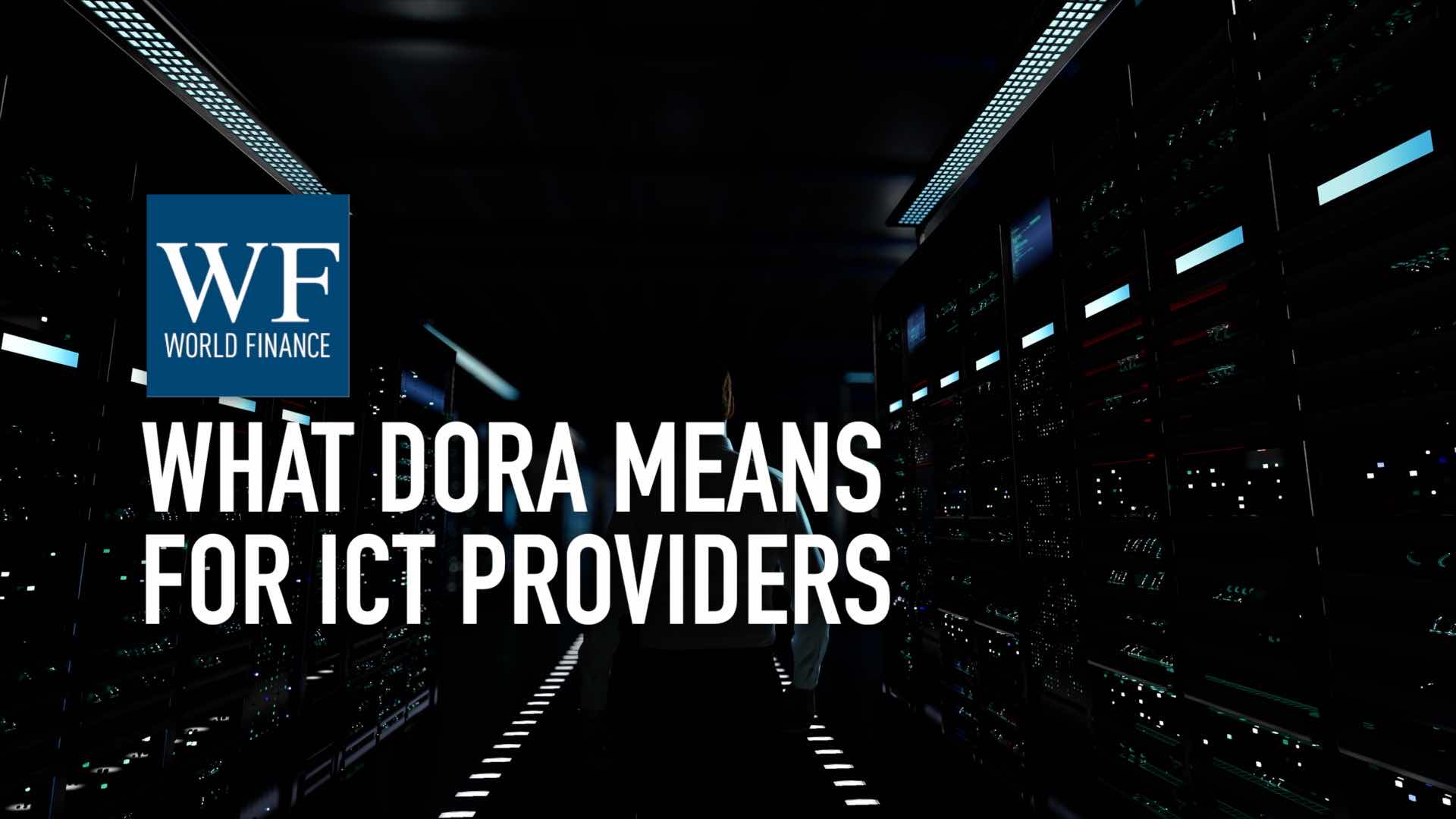Emerging markets are ‘at the heart of the recovery’, says Scotiabank
World Finance speaks to Alberta Cefis, Executive Vice President and Head of Global Transaction Banking at Scotiabank, to find out about the opportunities emerging markets provide to investors
Related:
Transcript
With approximately 50 percent of earnings coming from the international segment Scotiabank, Canada’s most international bank, is a leading presence in emerging economies. World Finance speaks to its Executive Vice President and Head of Global Transaction Banking to find out how to approach emerging markets.
World Finance: Well Alberta, Scotiabank offers financial services in over 55 countries, but looking at banking trends now there has obviously been a lot of interest in emerging markets in terms of trade finance, because emerging markets have grown a lot more than established markets. But are they still the investment they once were?
Alberta Cefis: We live in a time characterised by a lot of geopolitical unrest, and that is playing out very much in the emerging markets, but I think one has to remember that not all emerging markets are the same. Emerging markets are still at the heart of the recovery. Even this year, GDP growth, 50 percent of it will come from emerging markets, so they’re really coming into their own as a major force. The final point is trade. Emerging markets are growing two to three times faster than developed markets when it comes to world trade. So if one puts all of this in context, yes, emerging markets are still fundamentally important and very viable to growth moving forward.
Emerging markets are growing two to three times faster than developed markets when it comes to world trade
World Finance: Well I read that you helped to establish global transaction banking as a viable option for Scotiabank. Now how did you navigate the different markets in the different parts of the world?
Alberta Cefis: We’ve always been a global transaction bank, before let’s say the use of this terminology. Trade and supporting trade corridors was always at the heart of Scotiabank’s mandate. For us, what global transaction banking has done is just put under the fold of one group capabilities around trade, correspondent banking, cash management payments, electronic banking and liquidity solutions to support our customers and to follow our customers wherever they might transact.
World Finance: Well what are the challenges in these regions for foreign banks and investors, and how do you approach these?
Alberta Cefis: For those that are doing business in emerging markets and are new to them, it’s so important to partner with the right financial institution. What we’ve seen in the past years, particularly since the global crisis, is that a lot of banks have pulled away from some of the emerging markets, or they downsize presence. So I think what’s important is to look for an established bank that knows the country, has local expertise, knows the culture, the language, how the business is done, but also has the network and that competence to follow their customers across inter-regional boundaries.
World Finance: How do you approach countries such as China, where national banks hold the monopoly?
Alberta Cefis: We have a rep-office, we have five branches. Our purpose there is not to compete at all with the local banks. It is again to be there to facilitate trade flows, and facilitate commerce. So we see our work in that region as one of, again, following our customers, supporting trade corridors so obviously China is an important trade corridor country for us, back to where we have the majority of our strength, which is the Americas, and North, Central and South America and supporting those trade flows for our customers.
Growth in the markets we’re in to further support our customers becomes really very fundamental for us now
World Finance: What do you see as the key trends in trade finance in emerging markets in the coming years, and what are the countries to focus on?
Alberta Cefis: Historically, trade was north/south, east/west. And now it’s south/south, meaning emerging market to emerging market. The other trend that we see is the emergence of Asia as the most important trading block. That’s for two reasons, inter-regionally and intra-regionally. So it’s expected that by 2020, Asia will account for 60 percent of world trade, so it’s just a tremendously large market. But what we also see is the importance of the China and India trade corridor, which is growing very very rapidly.
World Finance: What should companies be looking for when approaching these markets in terms of support?
Alberta Cefis: Given that one would have a business plan of what they want to do and what they have to accomplish, do they have a trusted team of partners that have both network capability, and that might be inter-regionally, intra-regionally, globally and then locally on the ground. Do they have the expertise, do they know the way to do business, can they support you on the ground with the ability to really transact and be operationally efficient. So again, when we think of the obvious partners one needs, which is a good high quality bank, which has the capital strength and the expertise necessary to operate in the market, and the accounting firms and the backup that are required, particularly around complex matter such as capital investment and tax. And then legal advice and legal expertise, because particularly in emerging markets, the regulatory framework is so different.
World Finance: Well finally, what are Scotiabank’s priorities for future growth?
Alberta Cefis: Growth in the markets we’re in to further support our customers becomes really very fundamental for us now, in a period of consolidation. Efficiencies and expansion within those markets.
World Finance: Alberta, thank you.

 What the Digital Operational Resilience Act means for board members and CEOs
What the Digital Operational Resilience Act means for board members and CEOs What the Digital Operational Resilience Act means for third party ICT providers
What the Digital Operational Resilience Act means for third party ICT providers
